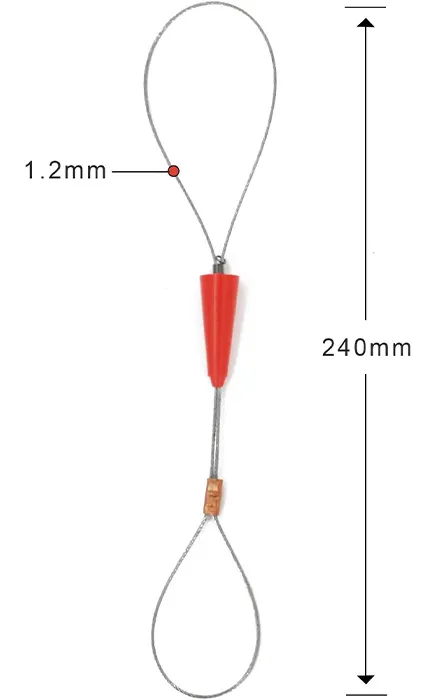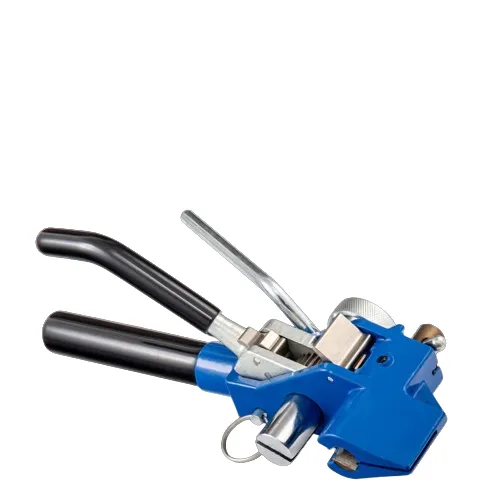
-
 Afrikaans
Afrikaans -
 Albanian
Albanian -
 Amharic
Amharic -
 Arabic
Arabic -
 Armenian
Armenian -
 Azerbaijani
Azerbaijani -
 Basque
Basque -
 Belarusian
Belarusian -
 Bengali
Bengali -
 Bosnian
Bosnian -
 Bulgarian
Bulgarian -
 Catalan
Catalan -
 Cebuano
Cebuano -
 Corsican
Corsican -
 Croatian
Croatian -
 Czech
Czech -
 Danish
Danish -
 Dutch
Dutch -
 English
English -
 Esperanto
Esperanto -
 Estonian
Estonian -
 Finnish
Finnish -
 French
French -
 Frisian
Frisian -
 Galician
Galician -
 Georgian
Georgian -
 German
German -
 Greek
Greek -
 Gujarati
Gujarati -
 Haitian Creole
Haitian Creole -
 hausa
hausa -
 hawaiian
hawaiian -
 Hebrew
Hebrew -
 Hindi
Hindi -
 Miao
Miao -
 Hungarian
Hungarian -
 Icelandic
Icelandic -
 igbo
igbo -
 Indonesian
Indonesian -
 irish
irish -
 Italian
Italian -
 Japanese
Japanese -
 Javanese
Javanese -
 Kannada
Kannada -
 kazakh
kazakh -
 Khmer
Khmer -
 Rwandese
Rwandese -
 Korean
Korean -
 Kurdish
Kurdish -
 Kyrgyz
Kyrgyz -
 Lao
Lao -
 Latin
Latin -
 Latvian
Latvian -
 Lithuanian
Lithuanian -
 Luxembourgish
Luxembourgish -
 Macedonian
Macedonian -
 Malgashi
Malgashi -
 Malay
Malay -
 Malayalam
Malayalam -
 Maltese
Maltese -
 Maori
Maori -
 Marathi
Marathi -
 Mongolian
Mongolian -
 Myanmar
Myanmar -
 Nepali
Nepali -
 Norwegian
Norwegian -
 Norwegian
Norwegian -
 Occitan
Occitan -
 Pashto
Pashto -
 Persian
Persian -
 Polish
Polish -
 Portuguese
Portuguese -
 Punjabi
Punjabi -
 Romanian
Romanian -
 Russian
Russian -
 Samoan
Samoan -
 Scottish Gaelic
Scottish Gaelic -
 Serbian
Serbian -
 Sesotho
Sesotho -
 Shona
Shona -
 Sindhi
Sindhi -
 Sinhala
Sinhala -
 Slovak
Slovak -
 Slovenian
Slovenian -
 Somali
Somali -
 Spanish
Spanish -
 Sundanese
Sundanese -
 Swahili
Swahili -
 Swedish
Swedish -
 Tagalog
Tagalog -
 Tajik
Tajik -
 Tamil
Tamil -
 Tatar
Tatar -
 Telugu
Telugu -
 Thai
Thai -
 Turkish
Turkish -
 Turkmen
Turkmen -
 Ukrainian
Ukrainian -
 Urdu
Urdu -
 Uighur
Uighur -
 Uzbek
Uzbek -
 Vietnamese
Vietnamese -
 Welsh
Welsh -
 Bantu
Bantu -
 Yiddish
Yiddish -
 Yoruba
Yoruba -
 Zulu
Zulu


TEL:
0086-311-88862036
Jan . 21, 2025 01:45 Back to list
ground cable clamp
Ground cable clamps serve as essential components in electrical systems, ensuring secure connections and safety through effective grounding. Understanding their significance and how to choose the right type can greatly enhance system performance and safety.
When installing ground cable clamps, attention must be paid to the tightening torque. Over-tightening can damage both the clamp and the conductor, whereas under-tightening can result in a poor electrical connection. Manufacturers often provide specific torque guidelines to ensure optimal performance and safety. Furthermore, regular inspection and maintenance of ground cable clamps are essential for long-term reliability. In environments prone to corrosion or physical damage, periodic checks will help identify any issues before they escalate into failures. Routine maintenance involves verifying the security of connections, checking for signs of corrosion, and replacing any compromised clamps. Certifications and industry standards play a pivotal role in ensuring the quality and safety of ground cable clamps. Products that meet international standards such as IEC or UL listings are tested for safety, durability, and performance. Selecting clamps that adhere to these standards can significantly enhance the credibility and reliability of electrical installations. For professionals working in the electrical industry, staying updated with the latest technological advancements and standards is crucial. Investing in training and professional development ensures an up-to-date understanding of best practices and technological innovations. Networking with industry experts and participating in workshops and seminars can also provide valuable insights into emerging trends and solutions in grounding technology. In summary, ground cable clamps are not just simple connectors; they are critical components that ensure the safe and efficient operation of electrical systems. By understanding their applications, materials, design options, and installation practices, one can make informed decisions that enhance the safety and reliability of electrical installations. Such expertise and attention to detail reflect a commitment to safety and quality, reinforcing trustworthiness and authority within the industry.


When installing ground cable clamps, attention must be paid to the tightening torque. Over-tightening can damage both the clamp and the conductor, whereas under-tightening can result in a poor electrical connection. Manufacturers often provide specific torque guidelines to ensure optimal performance and safety. Furthermore, regular inspection and maintenance of ground cable clamps are essential for long-term reliability. In environments prone to corrosion or physical damage, periodic checks will help identify any issues before they escalate into failures. Routine maintenance involves verifying the security of connections, checking for signs of corrosion, and replacing any compromised clamps. Certifications and industry standards play a pivotal role in ensuring the quality and safety of ground cable clamps. Products that meet international standards such as IEC or UL listings are tested for safety, durability, and performance. Selecting clamps that adhere to these standards can significantly enhance the credibility and reliability of electrical installations. For professionals working in the electrical industry, staying updated with the latest technological advancements and standards is crucial. Investing in training and professional development ensures an up-to-date understanding of best practices and technological innovations. Networking with industry experts and participating in workshops and seminars can also provide valuable insights into emerging trends and solutions in grounding technology. In summary, ground cable clamps are not just simple connectors; they are critical components that ensure the safe and efficient operation of electrical systems. By understanding their applications, materials, design options, and installation practices, one can make informed decisions that enhance the safety and reliability of electrical installations. Such expertise and attention to detail reflect a commitment to safety and quality, reinforcing trustworthiness and authority within the industry.
Next:
Latest news
What Are Construction Tools and How Are They Used?
NewsJul.11,2025
Professional-Grade Duct Rodding Tools for Superior Cable Installation
NewsJul.11,2025
Enhancing Safety and Efficiency with Modern Hot Stick Solutions
NewsJul.11,2025
Empowering Cable Installation with Advanced Rodder Solutions
NewsJul.11,2025
Elevate Your Cable Installation Projects with Cable Pulling Tools
NewsJul.11,2025
Efficient Cable Handling Solutions: Cable Rollers for Sale
NewsJul.11,2025
Copyright © 2025 Shijiazhuang Bilo Import and Export Trading Co., Ltd. All Rights Reserved. Sitemap | Privacy Policy

BlLo lmport & Éxport is specialized in power and cable equipment andconsiruction tools,Qur main producis are FRP
duct rodder, cable rollerscable pulling winch, cable drum jack, cable pulling sock, etc.
Copyright © 2025 Shijiazhuang Bilo Import and Export Trading Co., Ltd. All Rights Reserved. Sitemap | Privacy Policy










